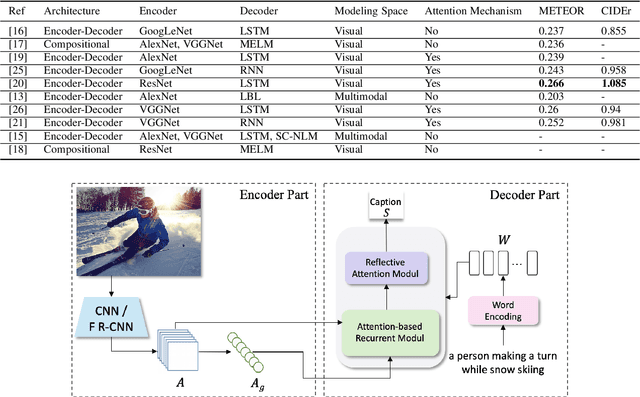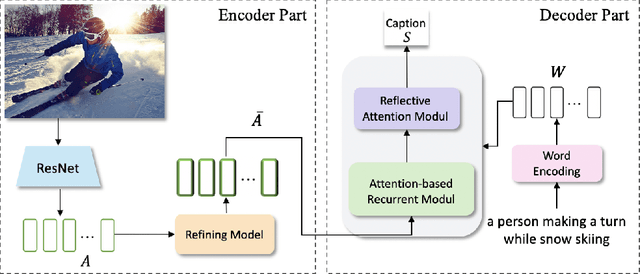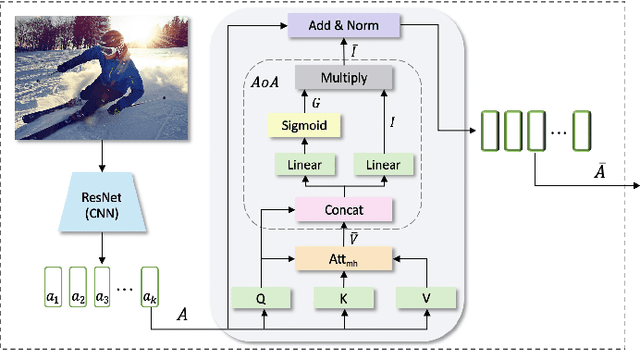Ghadah Alabduljabbar
ALLaM: Large Language Models for Arabic and English
Jul 22, 2024



Abstract:We present ALLaM: Arabic Large Language Model, a series of large language models to support the ecosystem of Arabic Language Technologies (ALT). ALLaM is carefully trained considering the values of language alignment and knowledge transfer at scale. Our autoregressive decoder-only architecture models demonstrate how second-language acquisition via vocabulary expansion and pretraining on a mixture of Arabic and English text can steer a model towards a new language (Arabic) without any catastrophic forgetting in the original language (English). Furthermore, we highlight the effectiveness of using parallel/translated data to aid the process of knowledge alignment between languages. Finally, we show that extensive alignment with human preferences can significantly enhance the performance of a language model compared to models of a larger scale with lower quality alignment. ALLaM achieves state-of-the-art performance in various Arabic benchmarks, including MMLU Arabic, ACVA, and Arabic Exams. Our aligned models improve both in Arabic and English from their base aligned models.
Image Captioning based on Feature Refinement and Reflective Decoding
Jun 16, 2022



Abstract:Automatically generating a description of an image in natural language is called image captioning. It is an active research topic that lies at the intersection of two major fields in artificial intelligence, computer vision, and natural language processing. Image captioning is one of the significant challenges in image understanding since it requires not only recognizing salient objects in the image but also their attributes and the way they interact. The system must then generate a syntactically and semantically correct caption that describes the image content in natural language. With the significant progress in deep learning models and their ability to effectively encode large sets of images and generate correct sentences, several neural-based captioning approaches have been proposed recently, each trying to achieve better accuracy and caption quality. This paper introduces an encoder-decoder-based image captioning system in which the encoder extracts spatial and global features for each region in the image using the Faster R-CNN with ResNet-101 as a backbone. This stage is followed by a refining model, which uses an attention-on-attention mechanism to extract the visual features of the target image objects, then determine their interactions. The decoder consists of an attention-based recurrent module and a reflective attention module, which collaboratively apply attention to the visual and textual features to enhance the decoder's ability to model long-term sequential dependencies. Extensive experiments performed on two benchmark datasets, MSCOCO and Flickr30K, show the effectiveness the proposed approach and the high quality of the generated captions.
 Add to Chrome
Add to Chrome Add to Firefox
Add to Firefox Add to Edge
Add to Edge